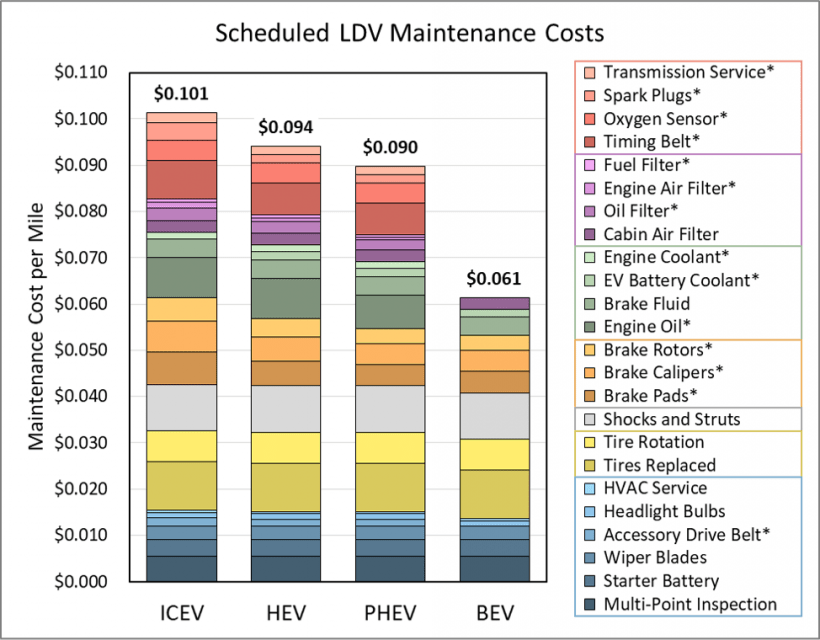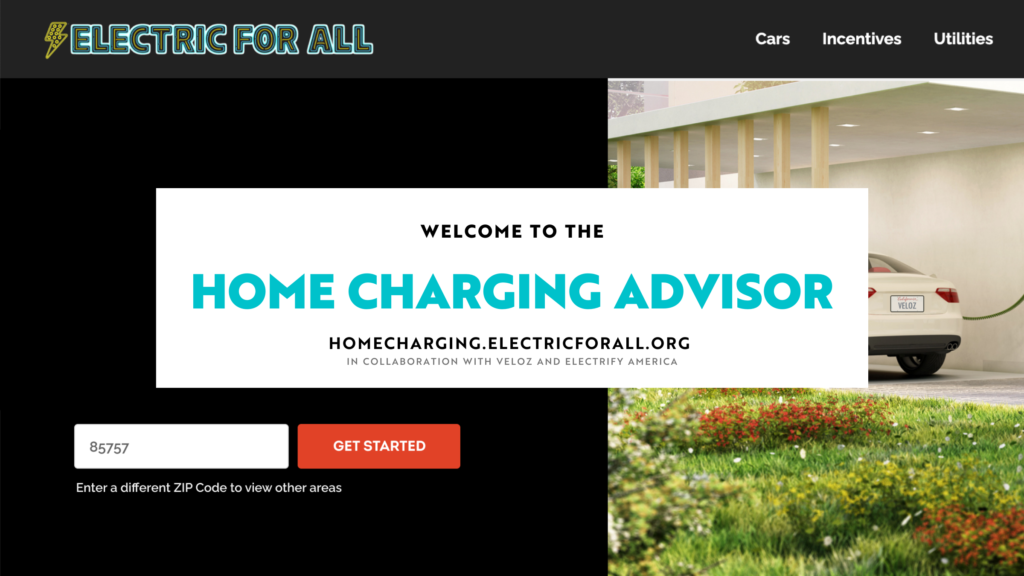Fully vaccinated and freshly charged, our family will hit the road in our EV this 4th of July with a new appreciation for independence. It’s been a long year at home with three kids, three cats and three turtles but we have been luckier than most. We have our independence, health, and security for which we are very grateful. What has become completely evident to me in the last year is how integral our EV is to all three.
For instance, we lost power during the rolling blackouts of the 2020 California extreme fires. Remember the sky last fall? Oh right, no one could see it because of the dense orange smoke full of toxic particulates. We had to wear masks on top of our masks. What a year! But our lives went on with Zoom classes and meetings and, using our phones as hot-spots, we were able to still communicate with those we love because we luckily had a backup battery to charge all our devices—in the form of our car! The potential for EVs to play a critical role as backup power for our homes and the grid is enormous. Automakers know this. Ford’s recent debut of its all-electric F-150 Lightning features its ability to provide full-home backup power for up to three days and, depending on usage, even up to 10 days. Lawrence Berkeley National Lab scientists are researching and demonstrating the EV to grid capabilities at Flexlab – the world’s most advanced integrated building and grid technologies test bed. Long duration storage (10-100 hours) is a linchpin in the transition to carbon neutrality by 2045. EVs could provide one solution.
Then there is the money saved. In 2018, the Federal Reserve surveyed Americans and found that 40% were unable to cover a $400 emergency expense. Talk about feeling trapped. EVs can ultimately provide the way out. Savings from owning an EV not only make up the upfront cost differential with gasoline powered cars—a gap which is growing smaller and smaller every day—it also puts thousands of dollars back into your pocket over the life of the car according to the Consumer Union. Fuel savings alone can be more than $4,700 in the first seven years. (Not to mention no more oil changes!) And this year, new EVs have reached upfront cost parity with new gasoline powered cars. So, more savings, much sooner.
Top that off with a large list of stackable incentives – from point of purchase and charging station rebates to utility discounts – from both California and the new Administration – all designed to get people into EVs. ElectricForAll.org powered by Veloz has a zip code driven incentive search engine providing details on all incentives and links to apply. The incentive database includes all of California plus the top 25 cities and 25 utilities beyond California. Plus the Home Charging Advisor and Incentive Assistant provides a zip code driven guide to incentives with an easy all-in-one online application form for home charger installations.
But, if you are struggling to afford $400 for an emergency, how can you afford an electric car? For those who simply cannot afford not to have a car to get to work and feed their families because they live in public transportation deserts, there is the used electric car market. Because EV technology—battery and therefore range—has been steadily improving exponentially every year, the resale value of older EVs is much lower than their gas counterparts. According to Edmunds in 2018, the savings vary by model, but on average, used EVs cost 43 to 72% less than new ones. This is a double-edged sword, of course, because it dampens new buyer enthusiasm. But this is a short-lived phenomenon and opportunity for those in the used car market.
Many used EVs are selling for less than $10,000 – a price you can’t find easily for gas powered cars with triple the odometer readings. However, we are already seeing an increase in used EV value, and together with new car incentives, manufacturer discounts and a declining upfront price tag, a new EV is often as cheap as a used one. The Chevy Bolt, for instance, is now leasing at under $220 monthly, a price easily erased by fuel savings. ElectricForAll.org lists the used car incentives and eligible cars here. Still, there is a need for easier, cheaper and expedited financing for those with poor or no credit history.
So, we need more and better electrified transportation options—from scooters to bicycles to ride share—especially in disadvantaged communities. In my March blog post, I wrote about why electric transportation must be available and accessible for all people and about our partnership with Huron Mayor Rey Leon, founder of The Latino Equity Advocacy & Policy (LEAP) Institute, who launched Green Raiteros, an electric car free ride-sharing service.
A growing bump on the EV road to freedom is infrastructure. Now that we have hundreds of new EV makes and models coming onto the market, we have to dramatically accelerate the scale of charging infrastructure, as I wrote about in April’s blog Charging Our Way Forward. This is an all hands on deck moment and the focus of Veloz’s July 13th Summit Series: Charging Our Way Forward to the 2035 goal. Join us for an in-depth look at charging all the way back to the grid.
The overall long-term trend is moving away from individual car ownership, propelled by economics. If it is cheaper to take an Uber or Lyft than to own a car, then why wouldn’t you? Imagine me—a car loving Californian steeped in the car culture of the state with the highest rate of car ownership—saying this! The numbers don’t lie though, and they say the “triple disruption” of autonomous, electric and ride share is going to rapidly decrease the per mile cost of travel. More on this topic later, stay tuned for my August blog and our upcoming webinar Autonomous and Electric: Twins or Sisters? on Thursday, August 26th.
The Boone family invites you to join the EV road to oil freedom and savings. Happy 4th of July!
Let’s Veloz,
Josh



